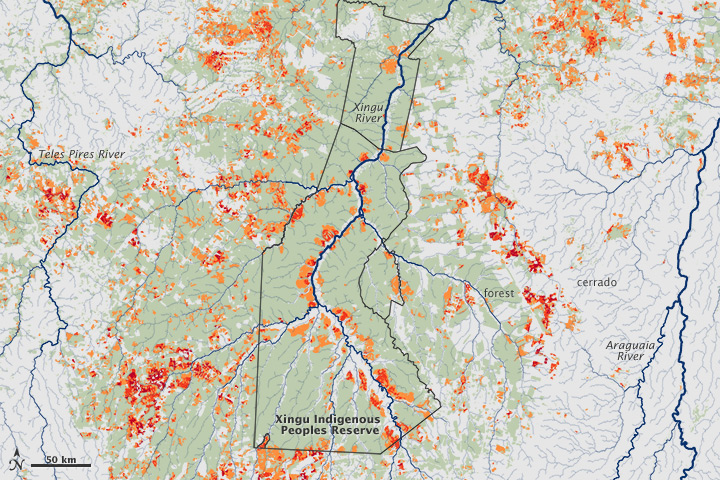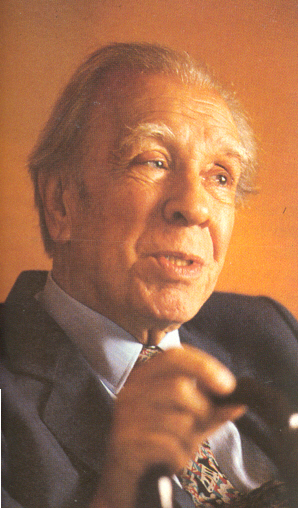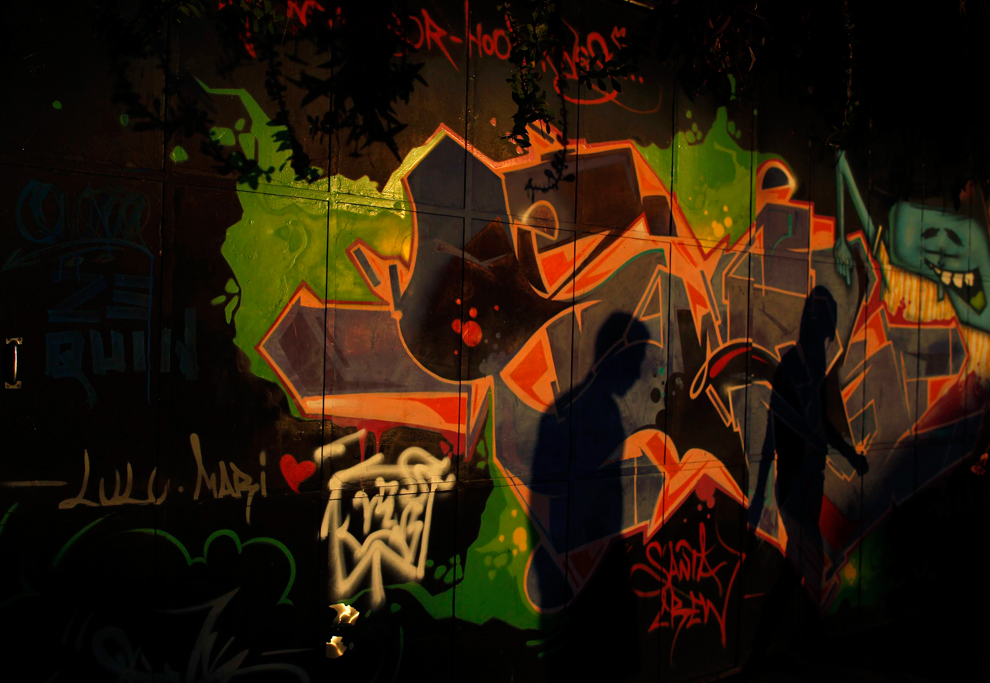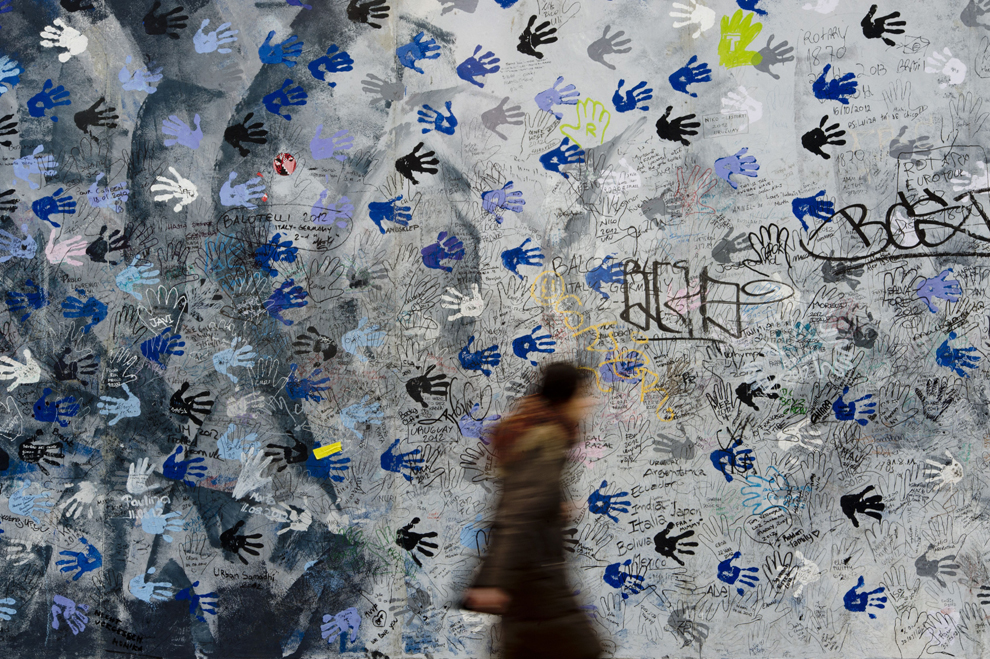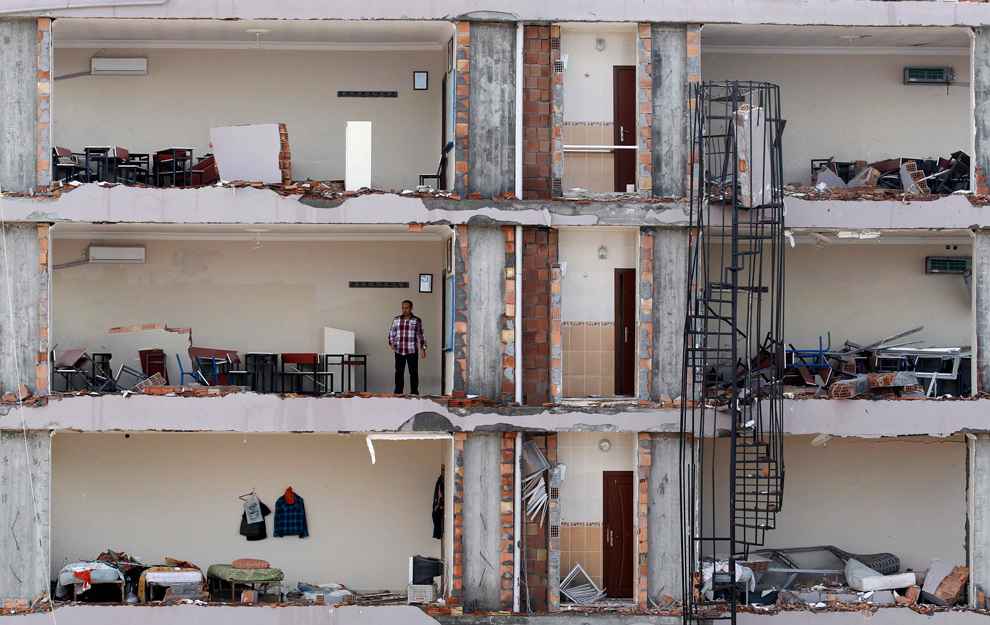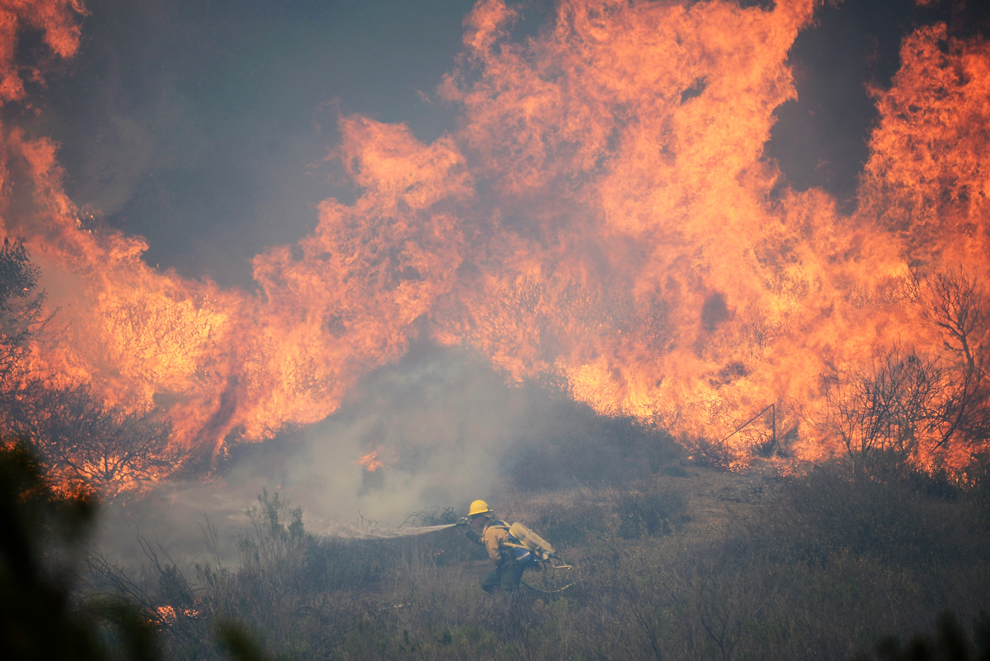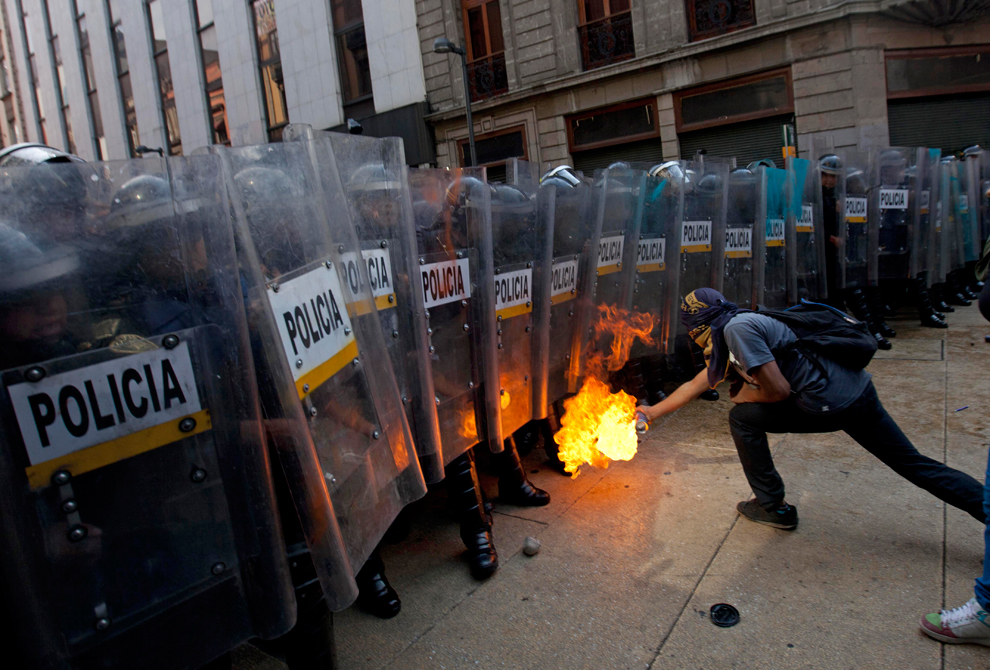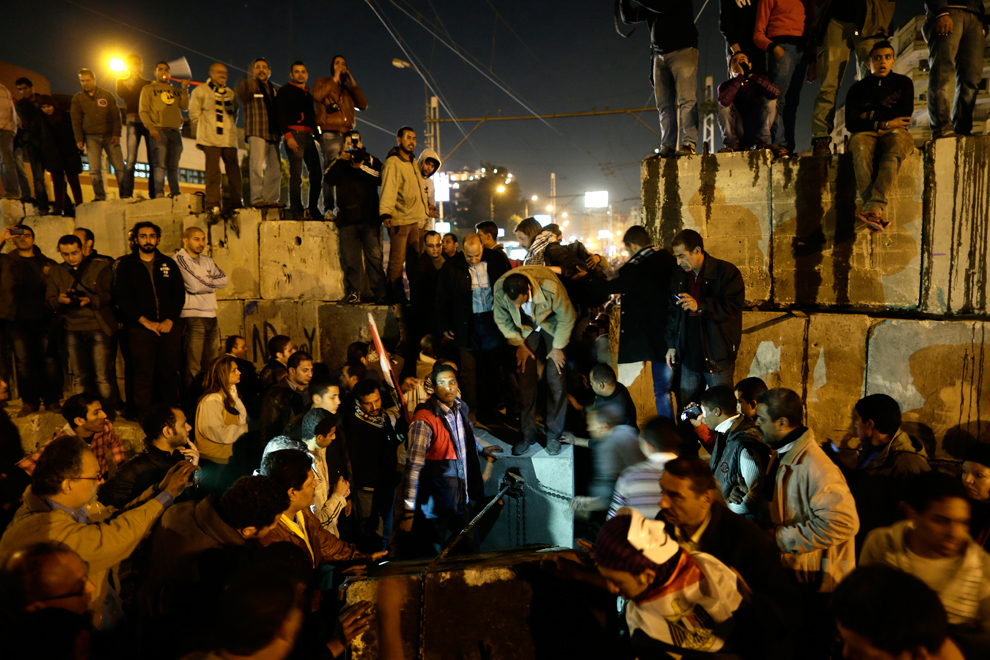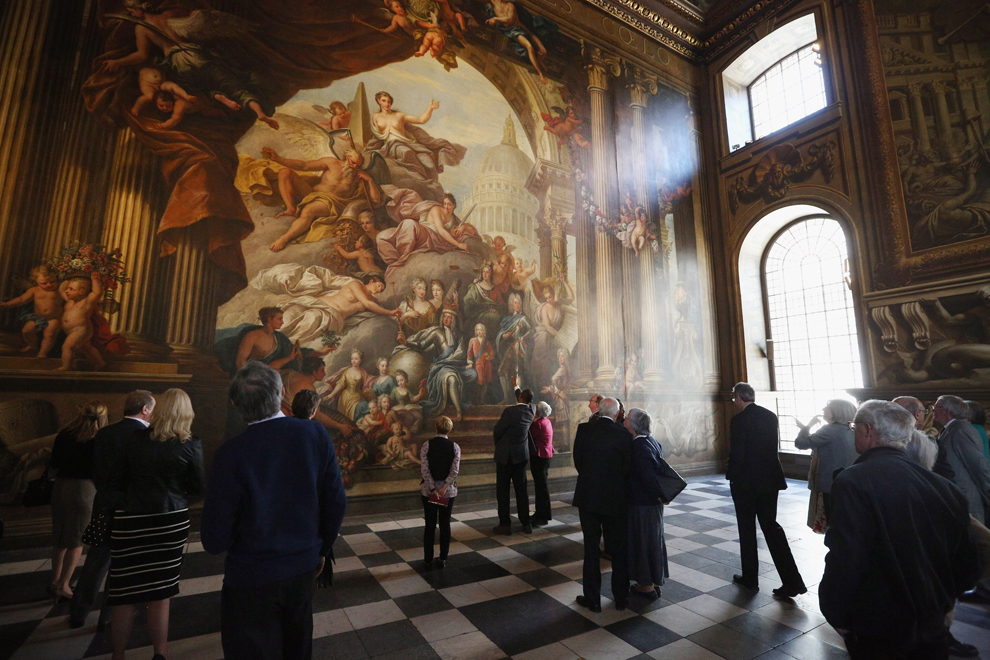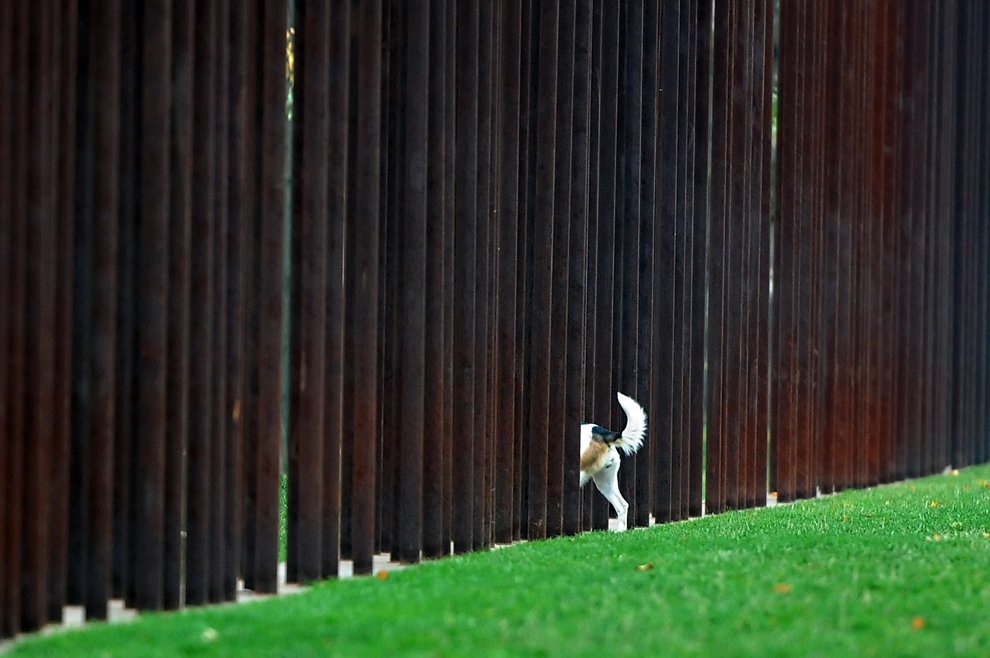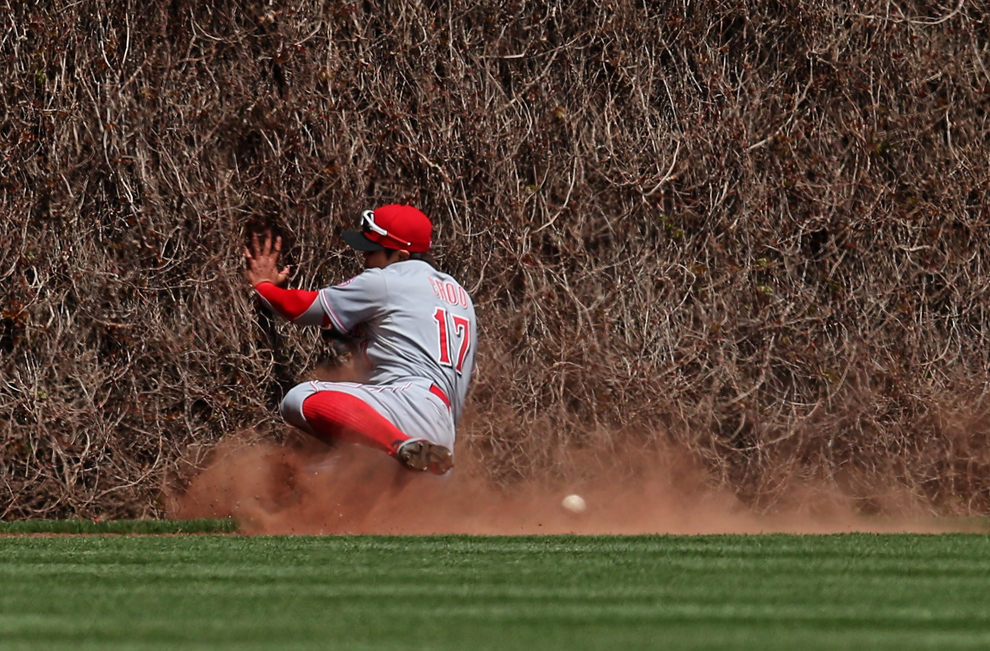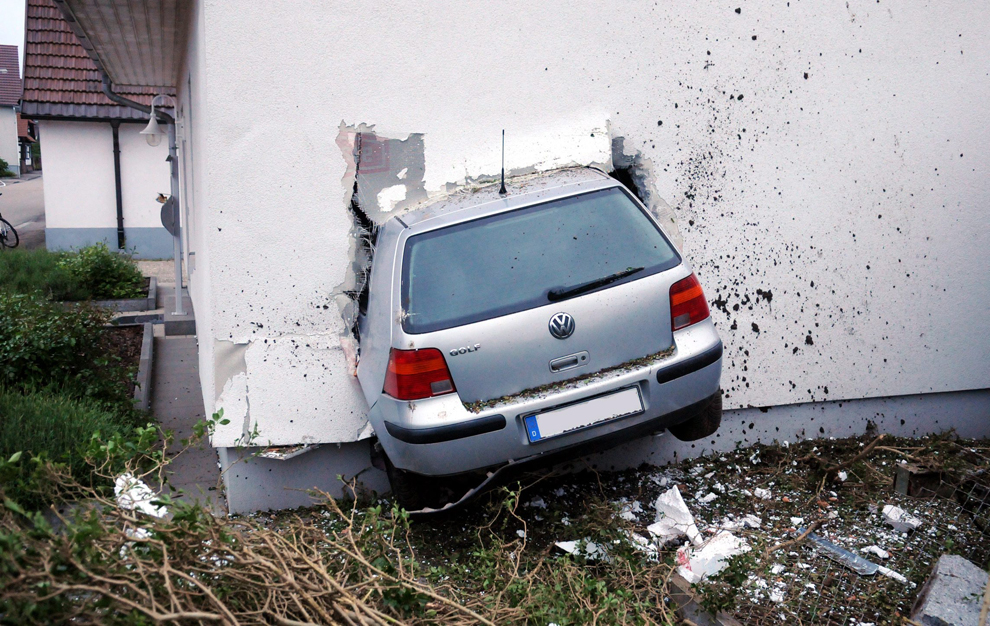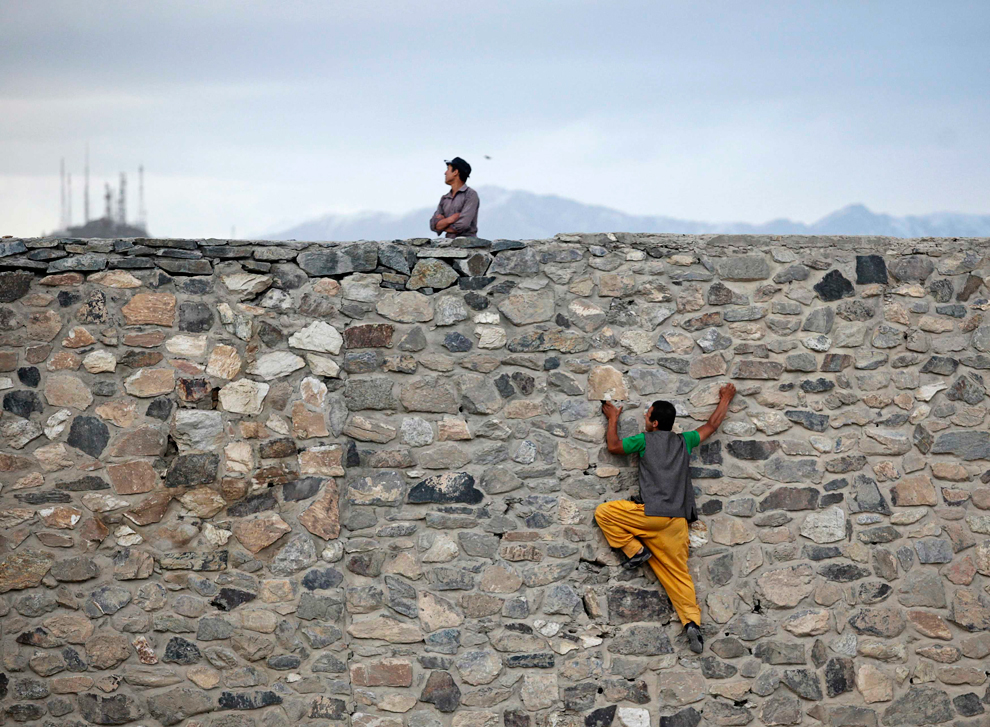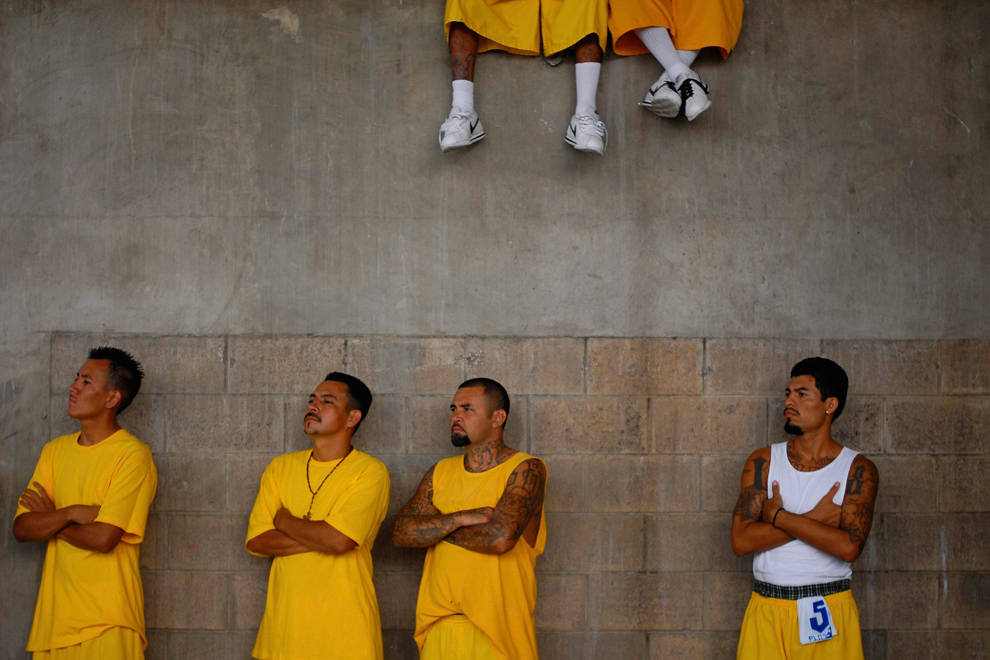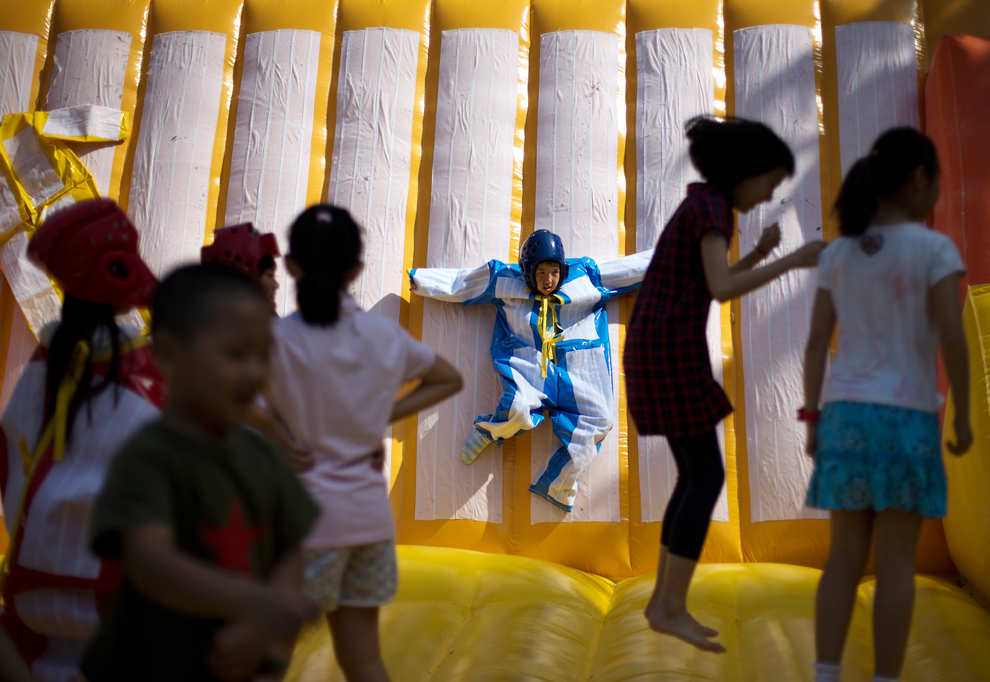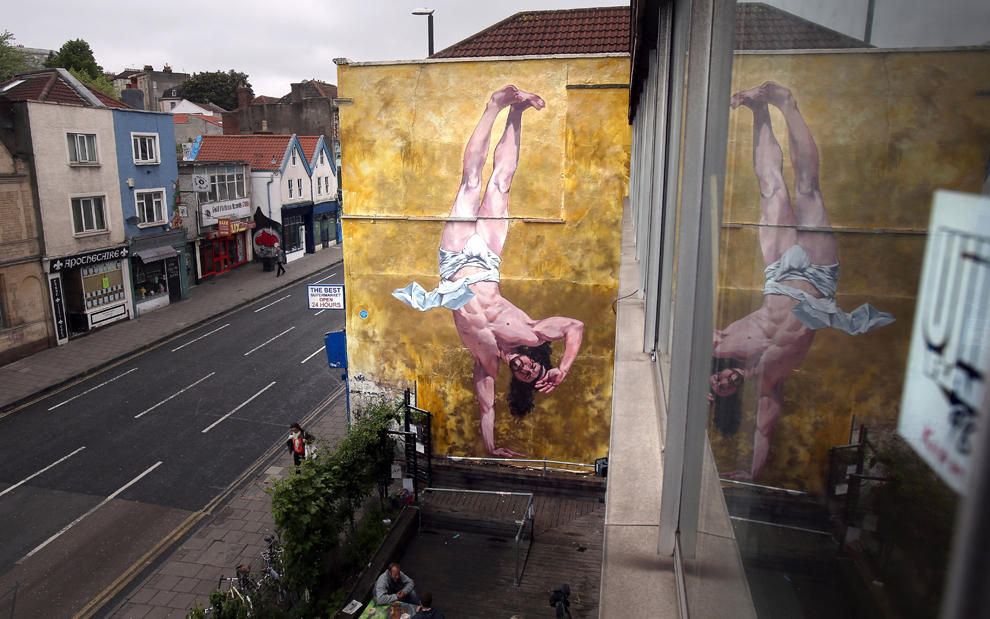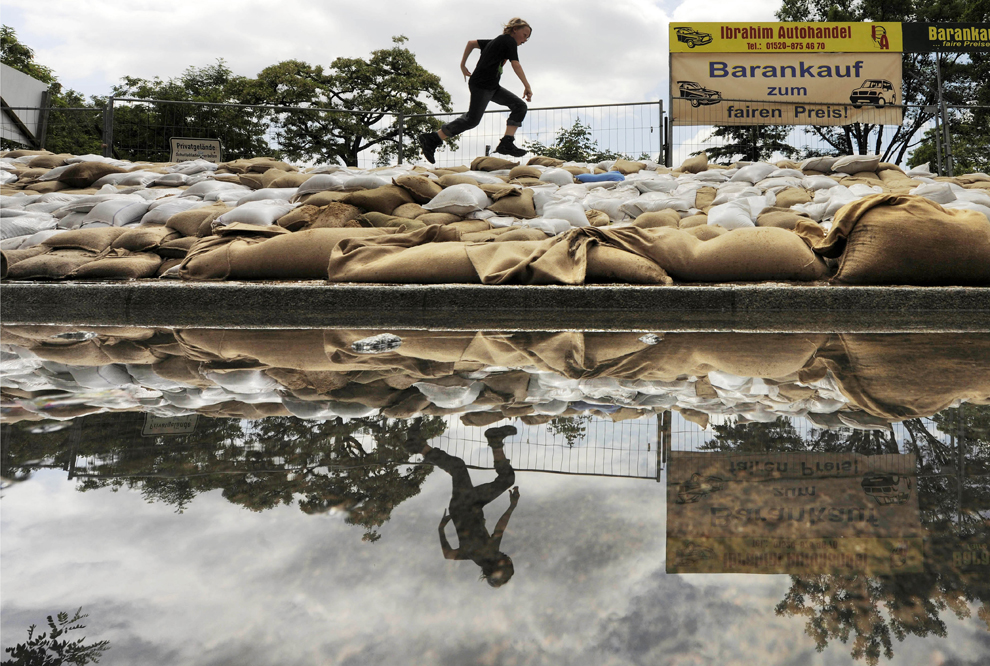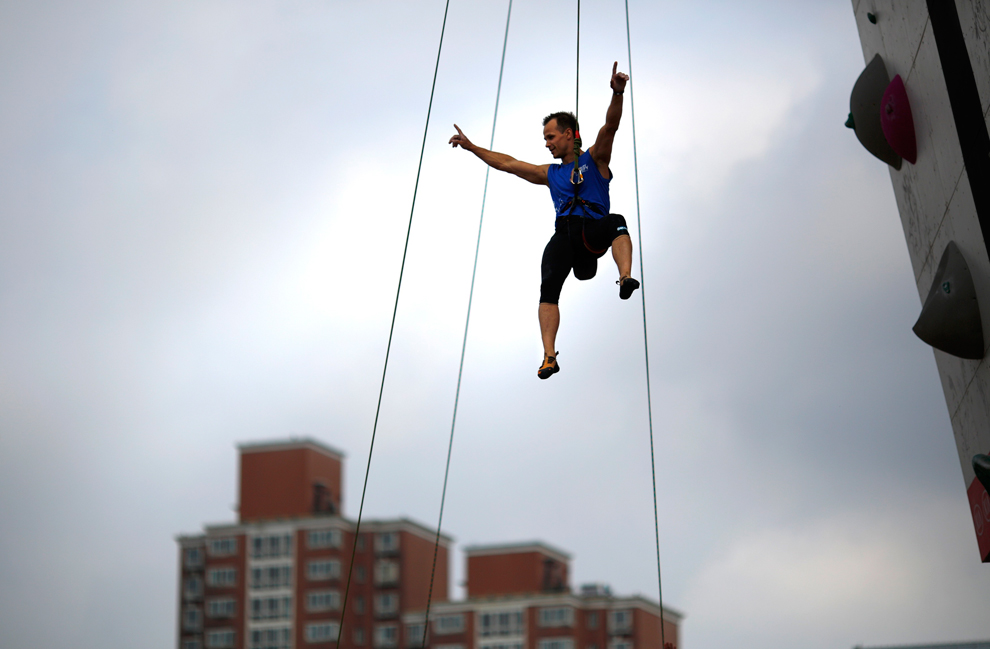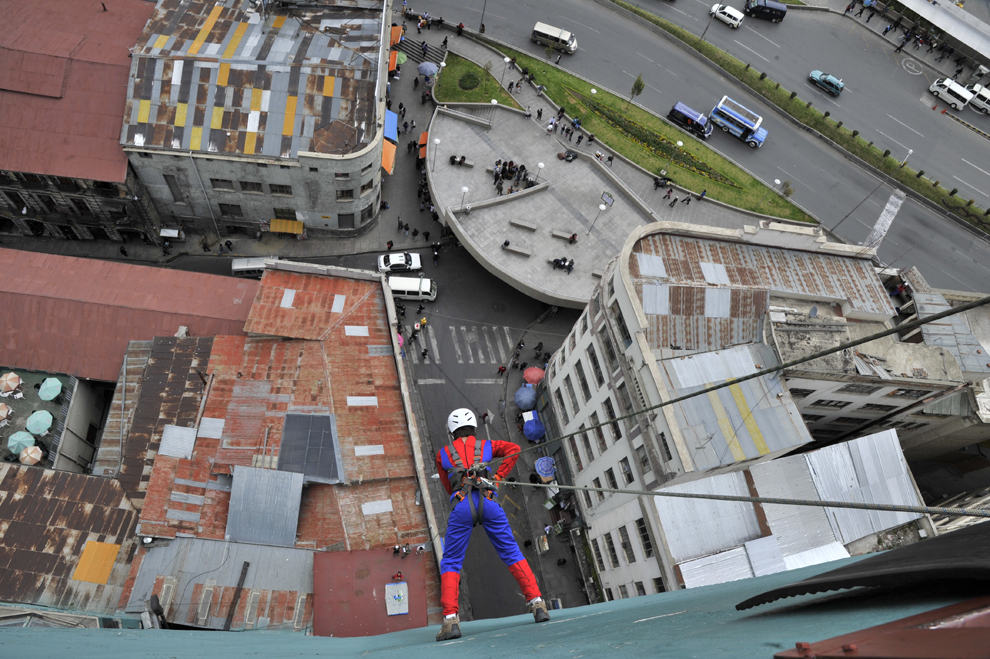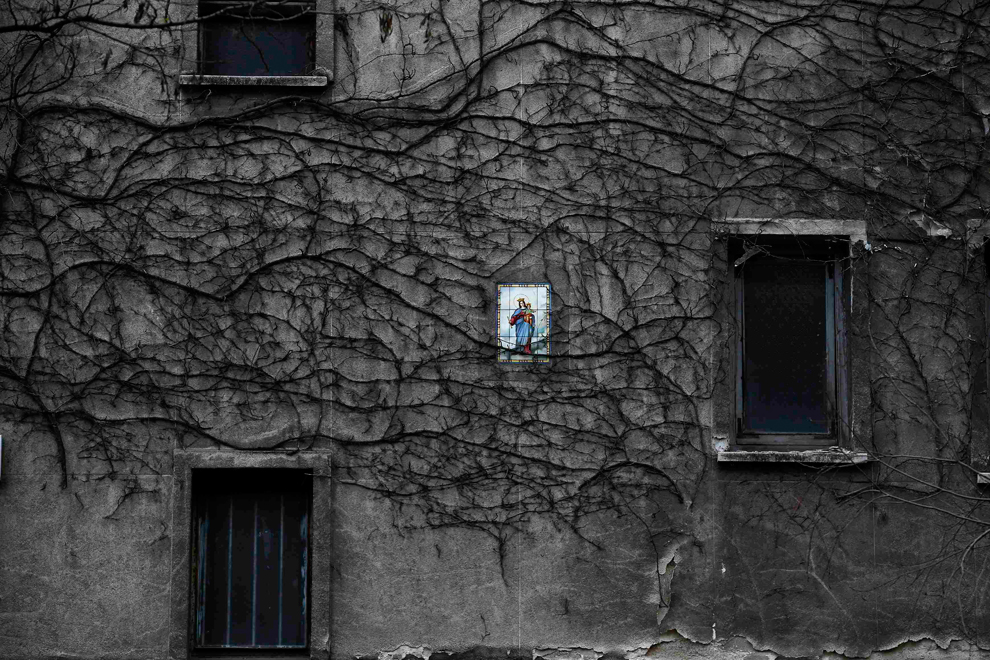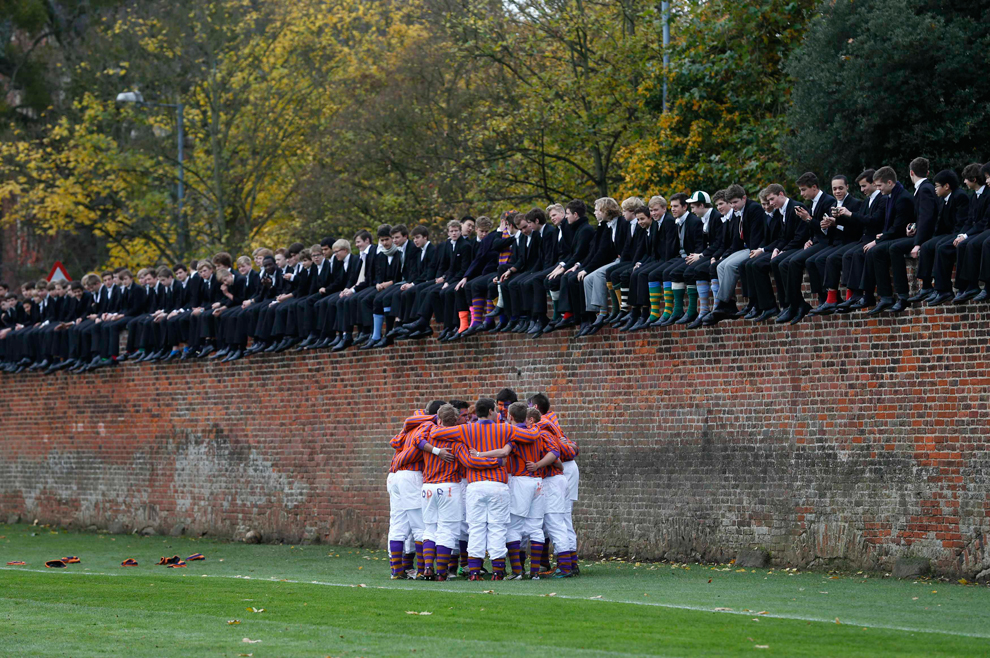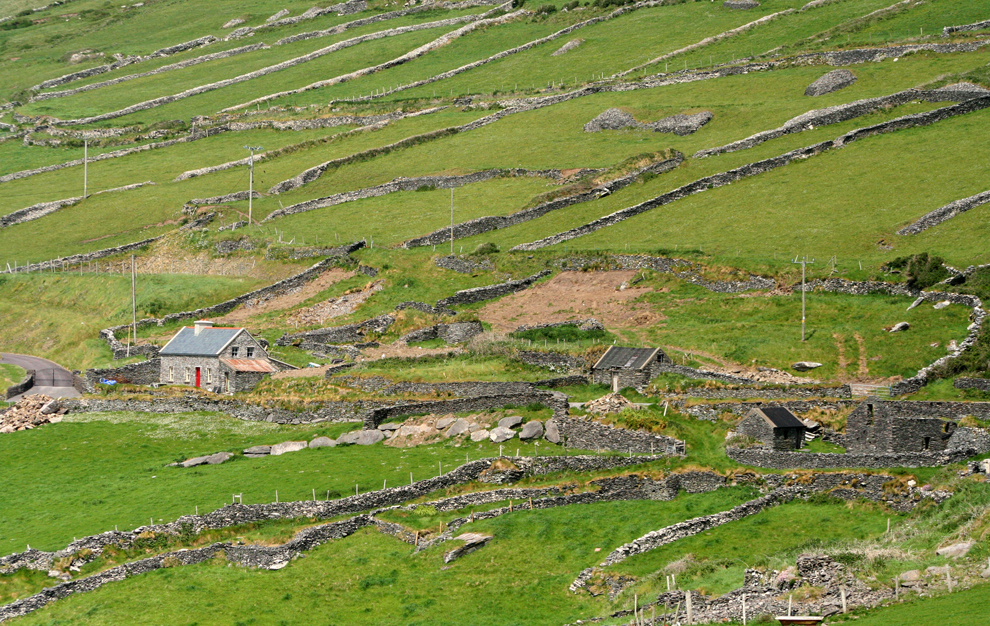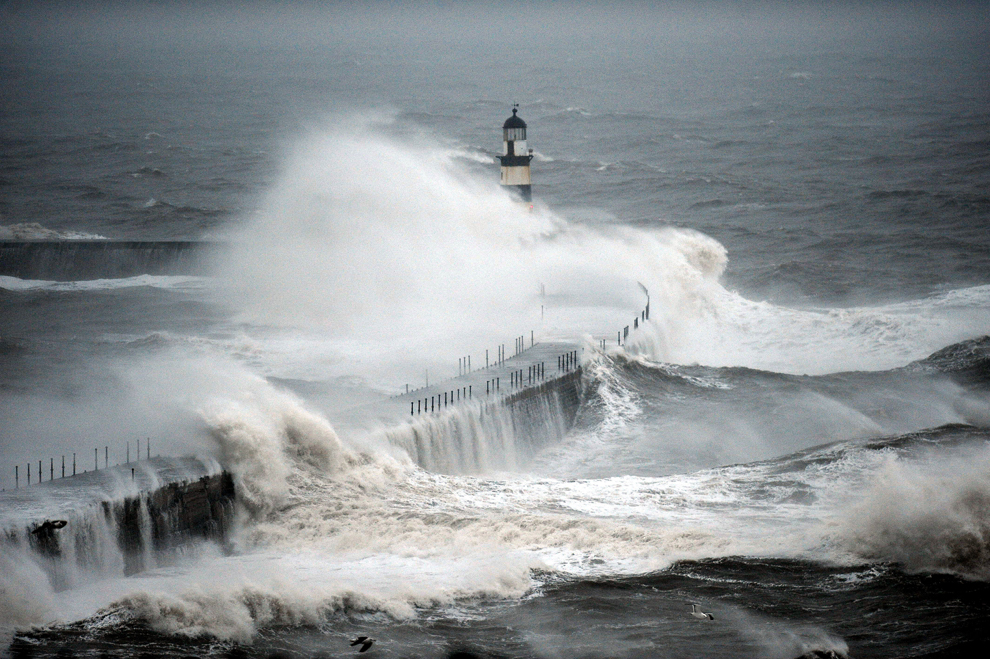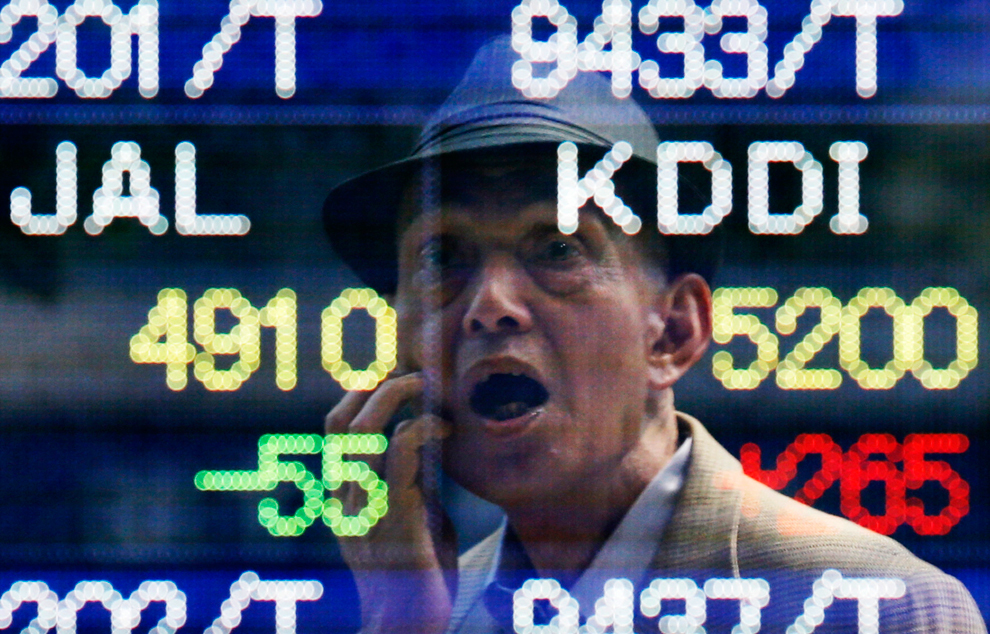Music: Hosokawa- Concerto for Flute and Orchestra - Bio data
Posted by Ricardo Marcenaro | Posted in Music: Hosokawa- Concerto for Flute and Orchestra - Bio data | Posted on 14:03
1
Toshio Hosokawa
Hosokawa- Concerto for Flute and Orchestra
Toshio Hosokawa (細川 俊夫 Hosokawa Toshio?, born 23 October 1955 in Hiroshima, Japan) is a Japanese composer of contemporary classical music.
Biography
Hosokawa studied with Yun Isang at the Berlin University of the Arts. Since 1998, Hosokawa has served as Composer-in-Residence at the Tokyo Symphony Orchestra. In 2004, Hosokawa became a guest professor at Tokyo College of Music. In 2001, Hosokawa became a member of Akademie der Künste, Berlin.
Invited by Walter Fink, he was the 18th composer featured in the annual Komponistenporträt of the Rheingau Musik Festival in 2008, in chamber music, played by the Arditti Quartet and Mayumi Miyata (Shō), and the oratorio Voiceless Voice in Hiroshima, performed by the WDR Symphony Orchestra and Choir, Cologne conducted by Rupert Huber.[1]
Awards and honors
Hosokawa has received the following awards and honors.
First Prize in the Composition Competition which marked the 100th Anniversary of the Berliner Philharmoniker (1982)
Rheingau Musikpreis (1998)
Duisburger Musikpreis (1998)
musica viva-Preis der ARD und BMW AG (2001)
the 39th Suntory Music Award (2007)
Compositions
Opera
Premiere Title Description Libretto and source
19 Apr 1998, Gasteig/ Munich Biennale Vision of Lear Opera in 2 acts, 105' Tadashi Suzuki, after his stage play The Tale of Lear
08 Jul 2004, Théâtre du Jeu de Paume/ Festival d'Aix-en-Provence Hanjo Opera in 1 act, 80' the composer, after the English translation by Donald Keene of the modern Noh play by Yukio Mishima
03 May 2011, La Monnaie, Bruxelles Matsukaze Opera in one act, 80' Hannah Dübgen, after the Noh play Matsukaze by Zeami
Oratorio
Voiceless Voice in Hiroshima for soloists, narrators, chorus, tape (ad lib.) and orchestra (1989/2001) after Matsuo Bashō, Paul Celan and Genbaku no Ko[2]
Orchestral
In die Tiefe der Zeit (Into the Depths of Time)
Ferne Landschaft (1987), recorded 1988, Denon, The Contemporary Music of Japan, COCO-70960, Kyoto Symphony Orchestra, Koizumi, Kazuhiro conductor.
Circulating Ocean (2005)
Concertante
Flute Concerto Per Sonare (1988)
Cello concerto (1997)
Voyage II for bassoon and ensemble (1997)
Horn Concerto Moment of Blossoming (2010)
Chamber music
Landscape V for shō and string quartet (1993)
Silent Flowers for string quartet (1998)
Deep Silence (2002), duets for shō (bamboo mouth organ), and accordion in the Gagaku style, including:
Cloudscapes - Moon Night
Wie ein Atmen im Lichte after a drawing of Rudolf Steiner
Sen V
Blossoming for string quartet (2007)
Lied II (リート Ⅱ) for viola and piano (2008)
Für Walter for soprano saxophone and piano, percussion ad libitum (2010), dedicated to Walter Fink for his 80th birthday[3]
Spell (呪文) for violin solo (2010)
Lullaby of Itsuki: from Japanese Folk Songs (五木の子守歌 −日本民謡より−) for violin and piano (2011)
Threnody: To the Victims of the Tōhoku Earthquake 3.11 (哀歌 −東日本大震災の犠牲者に捧げる−) for viola solo (2011)
References
^ Klangmächtige Kathedralen Gerd Döring in Frankfurter Rundschau, 2 September 2008 (in German)
^ [1]
^ "Komponistenwerkstatt: Walter Fink zum 80. Geburtstag" (in German). Rheingau Musik Festival. 2010. Retrieved 5 August 2010.
Further reading
Narazaki, Yoko. 2001. "Hosokawa, Toshio". The New Grove Dictionary of Music and Musicians, second edition, edited by Stanley Sadie and John Tyrrell. London: Macmillan Publishers.
Biography
Hosokawa studied with Yun Isang at the Berlin University of the Arts. Since 1998, Hosokawa has served as Composer-in-Residence at the Tokyo Symphony Orchestra. In 2004, Hosokawa became a guest professor at Tokyo College of Music. In 2001, Hosokawa became a member of Akademie der Künste, Berlin.
Invited by Walter Fink, he was the 18th composer featured in the annual Komponistenporträt of the Rheingau Musik Festival in 2008, in chamber music, played by the Arditti Quartet and Mayumi Miyata (Shō), and the oratorio Voiceless Voice in Hiroshima, performed by the WDR Symphony Orchestra and Choir, Cologne conducted by Rupert Huber.[1]
Awards and honors
Hosokawa has received the following awards and honors.
First Prize in the Composition Competition which marked the 100th Anniversary of the Berliner Philharmoniker (1982)
Rheingau Musikpreis (1998)
Duisburger Musikpreis (1998)
musica viva-Preis der ARD und BMW AG (2001)
the 39th Suntory Music Award (2007)
Compositions
Opera
Premiere Title Description Libretto and source
19 Apr 1998, Gasteig/ Munich Biennale Vision of Lear Opera in 2 acts, 105' Tadashi Suzuki, after his stage play The Tale of Lear
08 Jul 2004, Théâtre du Jeu de Paume/ Festival d'Aix-en-Provence Hanjo Opera in 1 act, 80' the composer, after the English translation by Donald Keene of the modern Noh play by Yukio Mishima
03 May 2011, La Monnaie, Bruxelles Matsukaze Opera in one act, 80' Hannah Dübgen, after the Noh play Matsukaze by Zeami
Oratorio
Voiceless Voice in Hiroshima for soloists, narrators, chorus, tape (ad lib.) and orchestra (1989/2001) after Matsuo Bashō, Paul Celan and Genbaku no Ko[2]
Orchestral
In die Tiefe der Zeit (Into the Depths of Time)
Ferne Landschaft (1987), recorded 1988, Denon, The Contemporary Music of Japan, COCO-70960, Kyoto Symphony Orchestra, Koizumi, Kazuhiro conductor.
Circulating Ocean (2005)
Concertante
Flute Concerto Per Sonare (1988)
Cello concerto (1997)
Voyage II for bassoon and ensemble (1997)
Horn Concerto Moment of Blossoming (2010)
Chamber music
Landscape V for shō and string quartet (1993)
Silent Flowers for string quartet (1998)
Deep Silence (2002), duets for shō (bamboo mouth organ), and accordion in the Gagaku style, including:
Cloudscapes - Moon Night
Wie ein Atmen im Lichte after a drawing of Rudolf Steiner
Sen V
Blossoming for string quartet (2007)
Lied II (リート Ⅱ) for viola and piano (2008)
Für Walter for soprano saxophone and piano, percussion ad libitum (2010), dedicated to Walter Fink for his 80th birthday[3]
Spell (呪文) for violin solo (2010)
Lullaby of Itsuki: from Japanese Folk Songs (五木の子守歌 −日本民謡より−) for violin and piano (2011)
Threnody: To the Victims of the Tōhoku Earthquake 3.11 (哀歌 −東日本大震災の犠牲者に捧げる−) for viola solo (2011)
References
^ Klangmächtige Kathedralen Gerd Döring in Frankfurter Rundschau, 2 September 2008 (in German)
^ [1]
^ "Komponistenwerkstatt: Walter Fink zum 80. Geburtstag" (in German). Rheingau Musik Festival. 2010. Retrieved 5 August 2010.
Further reading
Narazaki, Yoko. 2001. "Hosokawa, Toshio". The New Grove Dictionary of Music and Musicians, second edition, edited by Stanley Sadie and John Tyrrell. London: Macmillan Publishers.
http://en.wikipedia.org/wiki/Toshio_Hosokawa
Music: Hosokawa- Concerto for Flute and Orchestra - Bio data
Ricardo M Marcenaro - Facebook
Blogs in operation of The Solitary Dog:
Solitary Dog Sculptor:
byricardomarcenaro.blogspot.com
Solitary Dog Sculptor I:
byricardomarcenaroi.blogspot.com/
Para:
comunicarse conmigo
comunicarse conmigo
marcenaroescultor@gmail.com
For:
contact me
For:
contact me
marcenaroescultor@gmail.com
My blogs are an open house to all cultures, religions and countries. Be a follower if you like it, with this action you are building a new culture of tolerance, open mind and heart for peace, love and human respect. Thanks :)
Mis blogs son una casa abierta a todas las culturas, religiones y países. Se un seguidor si quieres, con esta acción usted está construyendo una nueva cultura de la tolerancia, la mente y el corazón abiertos para la paz, el amor y el respeto humano. Gracias:)
(::)


